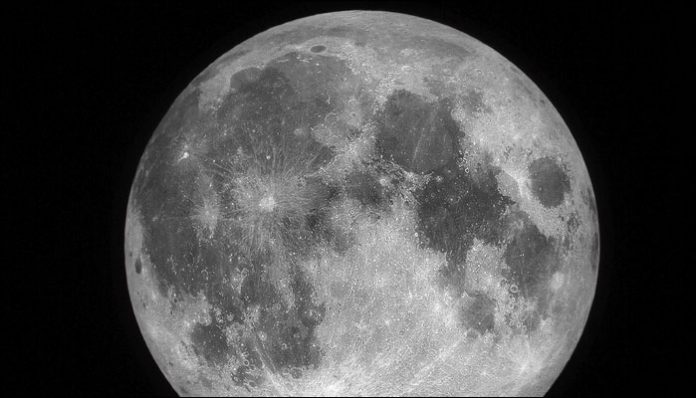A new analysis of data from India’s Chandrayaan-1 mission and Nasa’s Lunar Reconnaissance Orbiter suggests that Moon’s water may be widely distributed across the surface, not confined to a particular region or type of terrain.
Scientists studying far-off exoplanets do their best to determine the composition of those alien worlds based on the tiny bits of data they have available to them. By contrast, determining what Earth’s moon is made of shouldn’t be nearly as challenging. I mean, it’s right there, and we’ve even been there ourselves, so how hard could it be, right? Apparently that’s not the case, as a new study seeking to paint a clearer picture of the Moon’s water reserves appears to go against what scientists thought they knew about Earth’s friendly little satellite.
Water on the Moon has been a hot topic for researchers and many in the space community for a number of reasons, not least of which is its potential to help sustain lunar stations that could be used as jumping-off points for manned missions in our Solar System and beyond. The hypothesis that water in some form was trapped largely near the Moon’s poles has been largely accepted, but this new study points to water being widespread throughout the Moon, though how astronauts might access it is still totally up in the air.
Using data from previous Moon observation missions, scientists at the Space Science Institute in Colorado claim that the telltale signs of water can be detected all over the Moon, and it doesn’t seem to be moving very much at all. The work was published in Nature Geoscience.
“We find that it doesn’t matter what time of day or which latitude we look at, the signal indicating water always seems to be present,” lead author Joshua Bandfield explains. “The presence of water doesn’t appear to depend on the composition of the surface, and the water sticks around.”
The models for detecting water which were created by Bandfield and his colleagues is are a bit different from the tools used in the past. Previously, detecting water on the Moon relied largely on how much light the surface itself reflected. Unfortunately, that data might have been muddied by temperature shifts which caused false positives, the researchers say. Their new model takes those often extreme temperatures into account to produce what they believe is a more accurate picture of the moisture content of the Moon.
However, regardless of how much water is or isn’t present on the Moon, scientists are still wrestling with the question of how to access it. Even a temporary lunar settlement would need plenty of water to sustain itself, and the intricacies of extracting usable moisture from the Moon’s surface is something that has yet to be tackled.















